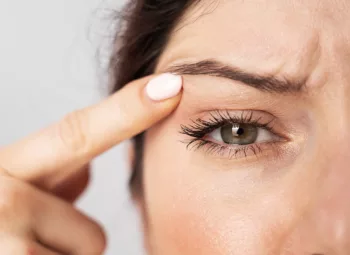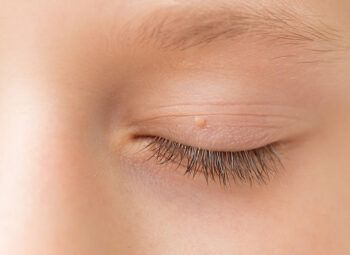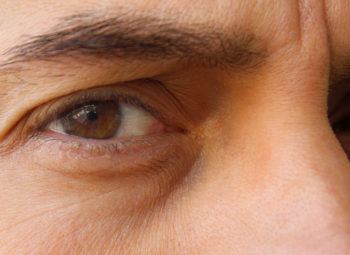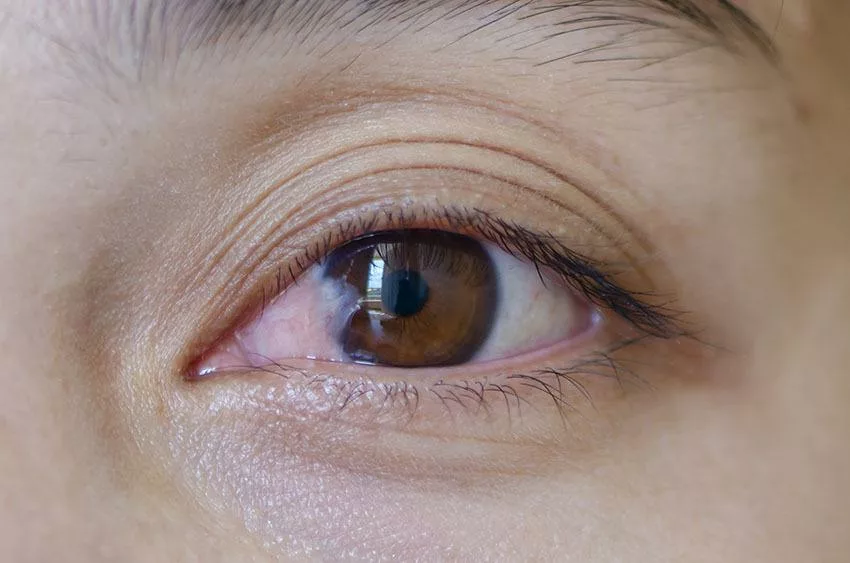
Pterygium: Symptoms, Causes, Diagnosis, and Treatment
Are you experiencing irritation or dryness in your eye? Do you notice a spot on your eye that wasn’t there before? If so, there’s a chance that you could have pterygium. In this guide, we answer the most common questions about pterygium including what it is, what causes it, and how ophthalmologists diagnose and treat it.
What is Pterygium?
Obviously, this is one of (if not the most) the most common questions about pterygium. Pterygium is a growth of fleshy tissue around the conjunctiva. The conjunctiva is the membrane that lines the eye and keeps the surface of your eye moist. This helps protect your eye from dust, debris, and germs.
Pterygium usually forms on the corner of your eye and can extend onto the cornea—the eye’s clear, protective outer layer. When the growth stays within the conjunctiva, it’s called pingueculum. But when it spreads from the conjunctiva to the cornea, it’s known as pterygium.
A pterygium can be of various shapes and colors, such as red, pink, white, gray, yellow, or even colorless. Some pterygium growths can be pretty small, while others can be big enough to cause irritation, blurred vision, and other issues.
What are the Signs and Symptoms of Pterygium?
The signs and symptoms of pterygium include:
- Eye irritation and burning
- Dry eye
- Redness
- Blurred vision (if the growth gets close to the cornea)
- Feeling like you have a foreign object in your eye
- Gritty eyes (scratchy or rough feeling)
- Itchiness
- Yellow spot or bump on the white of the eye
Sometimes, people with pterygium don’t experience symptoms. However, if they do, the symptoms are typically mild.
What Causes Pterygium?
Research shows that the risk factors for pterygium fall under three categories: demographic, environmental, and lifestyle factors.
- Older age: According to research, the risk of developing pterygium increases with age.
- Being male: Men are at greater risk of developing pterygium than women.
- Long-term exposure to sunlight: People who spend a lot of time outdoors are more likely to develop pterygium, especially in sunny climates. Ultraviolet (UV) rays play a key role in causing pterygium. UV radiation induces inflammatory cytokines, which causes excessive blood vessels, cells, and tissue to form.
- Excessive smoking and alcohol consumption: Cigarette smoking can cause inflammatory responses in the cornea, which can contribute to pterygium. Excessive alcohol intake can also increase the risk of pterygium.
- Family history of eye disease: People who have a family history of pterygium may be at higher risk for developing this condition.
- Exposure to certain allergens: Other agents that can increase your risk of pterygium are allergens such as dust, dirt, air pollution, and chemicals.
If you’re a male who smokes and drinks, has a family history of eye disease, is middle-aged, and spends a lot of time outdoors, you’re more likely to develop pterygium. These factors can occur all at once or individually. However, the condition can also occur without these factors.
Who Diagnoses Pterygium?
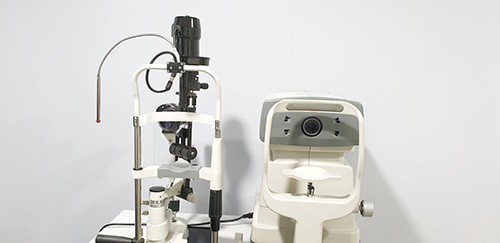
If you’re experiencing symptoms of pterygium, you might consider making an appointment with your ophthalmologist. Your doctor will perform an eye exam to determine what’s causing your symptoms.
However, some people with pterygium are asymptomatic, meaning they have no symptoms at all. In this case, it’s critical to get regular eye exams in order to detect certain conditions that you otherwise wouldn’t be aware of.
If you do get a pterygium diagnosis, you should visit your ophthalmologist every year. They will use external slit lamp measurements or photography to see how far the condition has progressed.
A slit lamp is a diagnostic tool used by eye doctors to diagnose eye conditions. It emits a beam of light at different heights, widths, and angles that give ophthalmologists a three-dimensional view of the eye.
How Do Ophthalmologists Treat Pterygium?
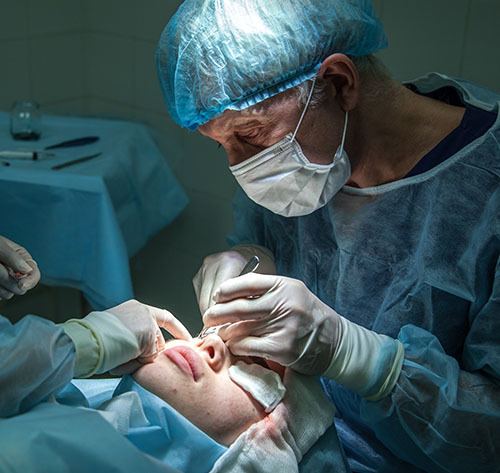
How your doctor treats your pterygium will depend on the severity and size of the growth. It also depends on where it’s growing within the eye and its effect on the eye.
For example, suppose you have a small pterygium. In that case, it may be best for your doctor to take a conservative approach by prescribing artificial tears or eye drops to fight dryness, irritation, and the feeling that “something is in the eye”.
If the growth is larger and affects your vision, your ophthalmologist may perform pterygium excision surgery to remove the growth. Other reasons your doctor may surgically remove the growth include irritation and cosmetic concerns.
Additionally, the success rate of pterygium excision surgery is relatively high if your doctor removes the growth before it reaches the center of the cornea.
In general, the procedure is simple. You’ll go under local or topic anesthesia. You can receive this treatment on an outpatient basis, which means you’ll be able to go home the same day after the procedure.
After surgical removal of the pterygium, there’s a chance that the growth can come back. However, some research shows that the recurrence rate of pterygium has significantly declined over the past few decades.
How Do You Prevent Pterygium?
While there’s no sure way to prevent pterygium, there are things you can do to lower your risk of developing the condition. This includes:
- Wearing sunglasses to protect your eyes from UV rays
- Wearing a hat to shield your eyes from sunlight, wind, and dust
- Avoiding exposure to environmental irritants such as smoke, dust, wind, and chemical pollutants
Taking these steps can also help if you already have a pterygium and want to minimize symptoms. It can also help prevent recurrence if you’ve had surgery to remove the growth.
What Should I Do If I Think I Have Pterygium?
All in all, pterygium is a relatively harmless condition. However, it takes an expert in ophthalmology to correctly diagnose the condition and suggest the proper treatment. If you suspect that you have pterygium, schedule an appointment with the experts at NeoVisions Eye Center in Union City today.

